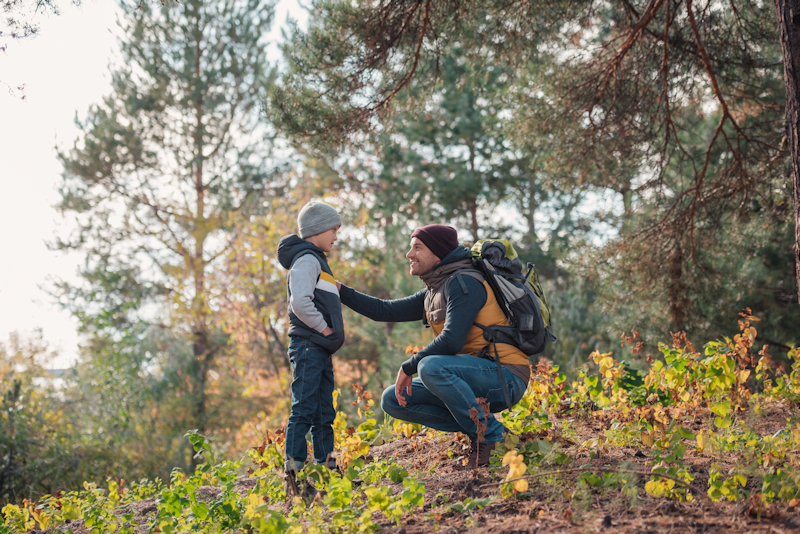He was an old man with hands worn smooth by rope and fur. The boy wasn’t his own, but he might as well have been. Every morning before first light, they’d walk the trapline together, their breath rising in steam, boots crunching frozen mud. There was no lecture, no reward. Just work. And in that work, something sacred passed between them.
Trapping is more than catching fur. It’s a mirror. A place where boys become young men and mentors shape lives not with words, but with steady presence and a shared purpose. The woods have their own language, and an old trapper teaches it in quiet steps.
The First Set: Where Trust and Ethics Begin
The old man didn’t say much when they picked their first spot. He pointed, showed the tracks, laid out the reasoning. The boy watched, learning not just how to make a set—but how to do it right.
“You don’t trap to harm,” the old man said, finally breaking the silence. “You trap to manage. To learn. To respect.”
He made the boy reset it. Twice. Not out of cruelty, but because shortcuts build weak habits. He was teaching more than placement. He was teaching foresight, care, and doing what’s right even when nobody’s watching.
Daily Check-Ins: Responsibility Doesn’t Take a Day Off
No matter the weather, they went. Cold fingers, soaked boots, tired eyes—it didn’t matter. The boy learned that once you set a trap, you owed it your attention. Every morning. No excuses.
This routine planted something deep in him. A sense that duty isn’t tied to comfort. That others—be they animal or man—depend on your consistency. The trapline didn’t wait. And neither did responsibility.
Every checked trap was a small measure of integrity. It wasn’t always glamorous. It wasn’t always successful. But it was always worth doing.
The Land Teaches if You’re Willing to Listen
They’d walk in silence, the boy learning to read the land. The mentor would pause, crouch, and let the land speak. “This place tells stories,” he’d say. “You just gotta know how to listen.”
Through trapping, the boy learned patience and observation. He learned to see the world not as scenery, but as a system. He saw where overpopulation caused disease. He noticed the rhythms of migration, the balance that nature kept—and the trapper’s role in keeping it steady.
He began to care deeply for a world he once ran through without seeing.
Hard Work Without Applause
The mentor never praised much. Maybe a nod. Maybe a grunt. But the boy didn’t need it. The real reward came in that quiet sense of pride—the kind that blooms after honest labor.
Trapping isn’t for those seeking quick wins. It builds character through repetition. You fail. You adjust. You try again. And with every set and reset, the boy built muscle—not just in his back or hands, but in his soul.
This was real work. Work that asked for grit, asked for silence, and gave back wisdom.
Responsibility Grows in Quiet Places
One morning, the boy arrived at the shed before the old man. He’d packed the gear, checked the weather, and was ready without being told. The mentor smiled—not with his mouth, but with his eyes.
Something had shifted. The boy wasn’t just learning anymore. He had taken ownership.
That’s how it happens. Not all at once. Not with fanfare. Just one dawn after another, responsibility grows. It becomes part of the walk, the work, the way a boy stands and speaks.
And long after the traps are stored and the frost melts, those lessons remain.
Frequently Asked Questions
Why is mentorship important in teaching trapping?
Mentorship provides hands-on learning, emotional support, and models ethical outdoor behavior that young people can carry for life.
What age is best to start mentoring kids in trapping?
Kids around age 10 or older, depending on maturity, can begin learning under close guidance from a trusted adult.
What life skills does trapping teach?
Trapping teaches responsibility, patience, ethical decision-making, respect for wildlife, and self-discipline.
How often should traps be checked by a young trapper?
Every day. In Maryland, checking traps daily is both a legal and moral obligation and teaches accountability.

